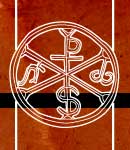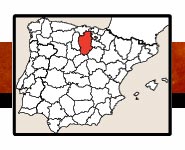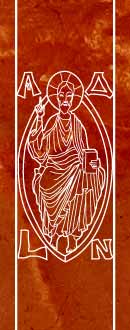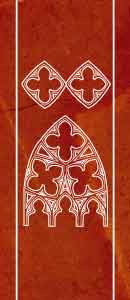


 |
 |
||
 |
|||
 |
/compl-burgos/BURG-Merind-40.jpg) |
-55/BOOK-cort-40.jpg) |
 |
/compl-burgos/BUR-MERIN-W-50.jpg) |
||
/compl-burgos/TT-BUR-merin-W-40.jpg) |
|||
 |
ACCESO A ESPINOSA:Desde Cantabria es sencillo, a la altura de Colindres en la A-8 coger la carretera de Burgos (N-629); desde la A-1 en el tramo Briviesca-Pancorbo tenemos el desvió de la N-232, todo recto, coger después la N-629, tendremos que pasar por Trespaderne y Medina de Pomar. INFORMACIÓN TURISTICA:Los horarios son muy cortos y cambiantes, hay que hacerse un plan previo. La Oficina de Turismo Municipal de Espinosa de los Monteros tiene el tlf: 947.120.510 y cit@espinosadelosmonteros.es ACCESO PARA MINUSVALIDOSLos edificios defensivos no son visitables con silla de ruedas, salvo el exterior; las iglesias no tienen barreras físicas insalvables. |
/350-PLN-Espinosa-50.jpg) |
ACCESS TO ESPINOSA:From Cantabria it is simple, at the town of Colindres on the A-8 take the Burgos road (N-629); from the A-1 on the Briviesca-Pancorbo section we have the detour of the N-232, all straight to take after the N-629, we will have go though Trespaderne and Medina de Pomar. TOURIST INFORMATIONThe time table are very chort and changing, you have to make a prior plan. The Municipal Tourism Office of Espinosa de los Monteros can be reached by phone 947.120.510, mail: cit@espinosadelosmonteros.es ACCESS FOR THE HANDICAPPEDThe defensive buildings of Espinosa can't be visited with a wheelchair, except outside; the churches don't have insurmountable architectural barriers. |
||||
 |
|||||||
 |